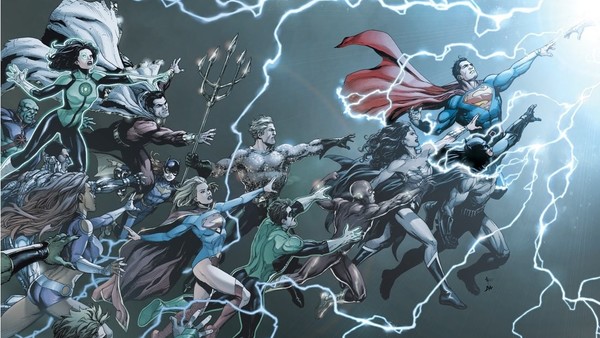10 Batman Questions That Always Confused You
7. What Is - And Isn't - Considered Continuity?

Continuity is one of the biggest and most confusing aspects of comic book universes. For starters there's decades of the stuff, and when you factor in reboots, retcons and relaunches, it can prove to be quite a challenge to place when certain stories take place, or even what previous comics have played a part in the build-up.
Both DC and Marvel are guilty of this, but the Distinguished Competition have definitely struggled with it more. Starting with Crisis on Infinite Earths, the publisher has rebooted, retconned or relaunched its line of comics more times than Batman's had sidekicks, but here's how things stand currently.
First off, there are two principle continuities - pre and post-Crisis. Pre-Crisis encompasses everything before 1985, while Post-Crisis encompasses everything that follows. The reboot enabled writers to retell Batman's origins, with Year One and The Long Halloween depicting the Dark Knight's formative years, but this is where things get even weirder.

The DCU experienced several more Crises in the years following Infinite Earths, but it wasn't until 2011 that DC wiped everything from the drawing board. It was meant to be a clean break, but they picked and chose what was and wasn't continuity; stories like The Killing Joke, Batman Reborn and Batman Inc. stayed, but the timeline was way more condensed. The previously mentioned Year One and Long Halloween, meanwhile, seemed to disappear with the advent of Zero Year.
And then came DC Rebirth, which is a higgildy-piggildy mesh between the Post-Crisis DCU (bear with) and the New 52. Confusing? Absolutely, but continuity these days - at least for DC - tends to be more of a tonal thing than anything else. It's not necessarily even quantifiable anymore.